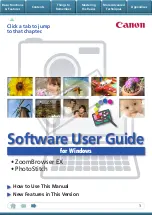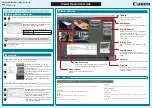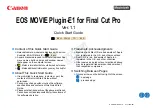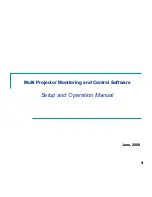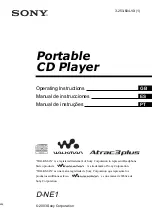
VMware, Inc.
17
Chapter 1 Introducing the VMware vCloud API
Links
provide
a
way
for
the
server
to
inform
a
client
about
object
relationships
and
the
operations
that
objects
support.
For
example,
a
container
such
as
an
organization
or
catalog
can
return
links
to
the
objects
it
contains,
and
a
virtual
system
(a
vApp
or
Vm
)
can
contain
action
links
that
enable
operations
such
as
power
state
changes
or
virtual
device
reconfiguration.
Links
to
actions
and
contained
objects
are
omitted
from
responses
if
the
request
was
made
by
a
user
who
has
insufficient
privileges
to
access
the
object
or
perform
the
action.
Action
links
are
also
omitted
when
the
action
cannot
be
performed
(powering
on
a
virtual
machine
that
is
already
powered
on,
for
example).
vCloud Client Workflow Overview
Clients
of
the
vCloud
API
implement
a
RESTful
workflow,
making
HTTP
requests
to
the
server
and
retrieving
the
information
they
need
from
the
server’s
responses.
Requests
Clients
make
HTTP
requests
to
vCloud
URLs,
href
attribute
values
which
are
typically
provided
by
the
server
in
response
to
GET
requests
by
the
client.
Every
vCloud
has
a
well
‐
known
URL
from
which
a
client
can
get
the
server’s
login
URL
and
the
list
of
vCloud
API
versions
that
the
server
supports,
along
with
additional
information
(see
“API
Versioning”
on
page 147).
After
a
client
has
logged
in,
all
vCloud
API
URLs
can
be
discovered
by
making
GET
requests
to
URLs
listed
in
the
login
response
and
the
URLs
contained
in
responses
to
those
requests.
Request Headers
All
requests
from
authenticated
clients
must
include
an
authentication
header.
See
“Authentication”
on
page 18.
Requests
that
include
a
document
body
must
start
with
the
appropriate
HTTP
Content
‐
Type
header.
The
type
attribute
of
a
response
body
indicates
the
content
type
of
the
document.
For
example,
this
response
fragment
indicates
that
the
content
type
associated
with
a
CatalogItem
entity
is
application/vnd.vmware.vcloud.cataxml
.
<CatalogItem type="application/vnd.vmware.vcloud.cataxml"
href="http://vcloud.example.com/api/v1.0/catalogItem/221" name="Ubuntu Template with
vsftpd"/>
Any
request
that
includes
a
CatalogItem
requires
the
following
Content
‐
Type
header:
Content-Type: application/vnd.vmware.vcloud.cataxml
When
it
appears
as
the
value
of
a
Content
‐
Type
header
or
the
type
attribute
of
an
element
in
the
vCloud
API,
this
string
is
case
‐
insensitive
in
requests,
and
can
be
returned
in
either
mixed
case
or
lowercase
characters
in
responses.
For
more
information,
see
“Content
Type”
on
page 142.
Request Bodies
This
release
of
Cloud
Director
uses
a
validating
XML
parser
that
requires
elements
in
a
request
body
to
agree
in
both
order
and
number
with
the
schema.
Request
bodies
are
rejected
as
invalid
unless
they
meet
the
following
criteria:
XML
namespace
attributes
must
be
supplied
for
all
namespaces
represented
by
elements
in
the
request.
See
“XML
Namespace
Identifiers”
on
page 145.
If
multiple
namespaces
are
represented
in
the
request,
XML
namespace
attributes
must
include
an
identifying
prefix,
and
that
prefix
must
be
used
with
elements
from
that
namespace.
See
“XML
Namespace
Prefixes
in
Request
and
Response
Bodies”
on
page 146.
N
OTE
When
a
client
uses
a
link
to
reference
an
object,
only
the
href
attribute
is
required.
The
name
and
type
are
ignored.
Содержание VCLOUD API 1.0 - TECHNICAL NOTE
Страница 10: ...vCloud API Programming Guide 10 VMware Inc...
Страница 20: ...vCloud API Programming Guide 20 VMware Inc...
Страница 32: ...vCloud API Programming Guide 32 VMware Inc...
Страница 90: ...vCloud API Programming Guide 90 VMware Inc...
Страница 150: ...vCloud API Programming Guide 150 VMware Inc...
Страница 170: ...vCloud API Programming Guide 170 VMware Inc...
Страница 202: ...vCloud API Programming Guide 202 VMware Inc...
Страница 212: ...vCloud API Programming Guide 212 VMware Inc...































